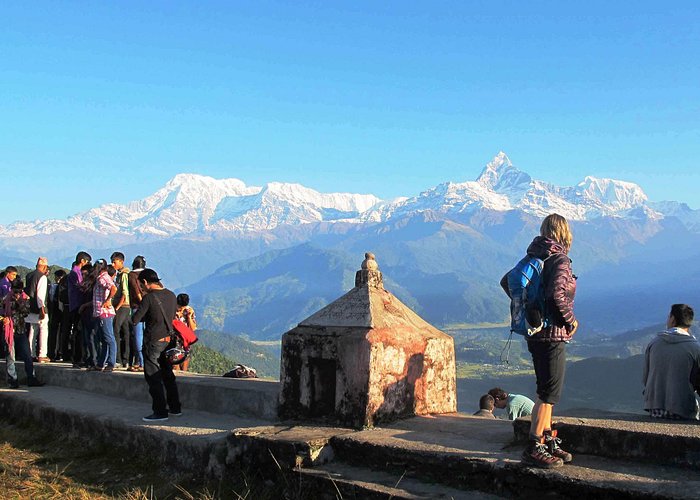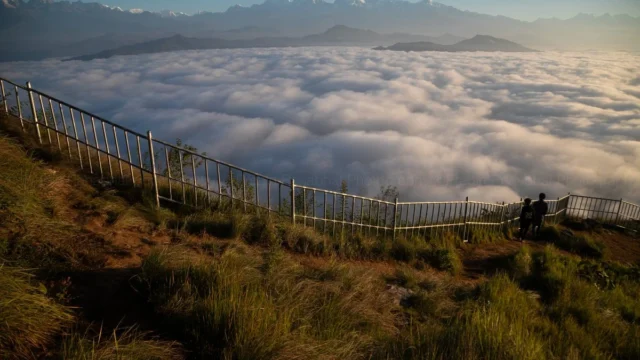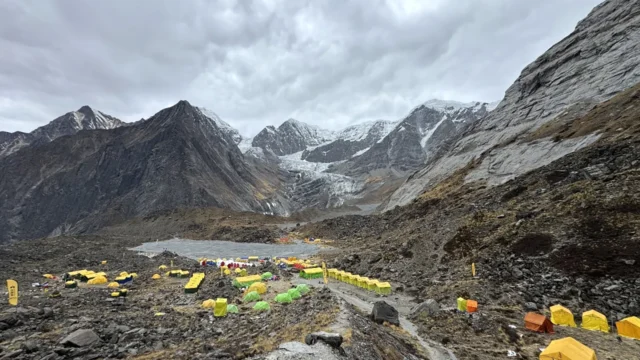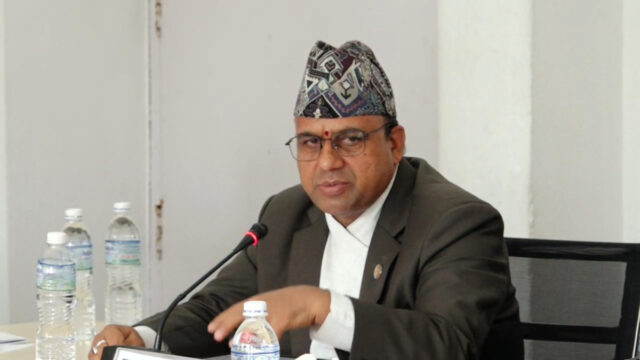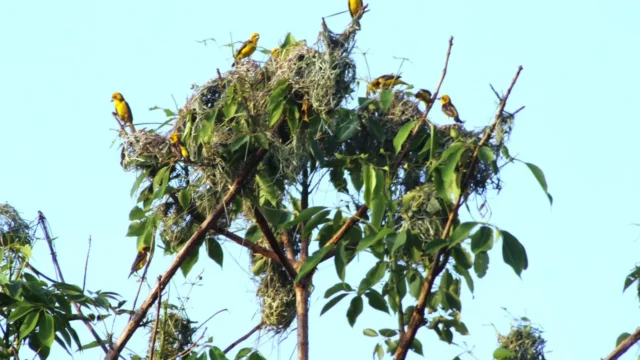Despite being the second major tourist season, hotel occupancy in Pokhara, Nepal’s tourism capital, remains lower than expected. According to Laxman Subedi, President of the Hotel Association Pokhara, current hotel occupancy is around 40%, compared to nearly 50% during the same period last year. Many trekkers and Indian tourists heading to Muktinath are bypassing Pokhara, contributing to the low numbers. However, with the Nepali New Year approaching and school holidays beginning, an increase in domestic tourism is expected.
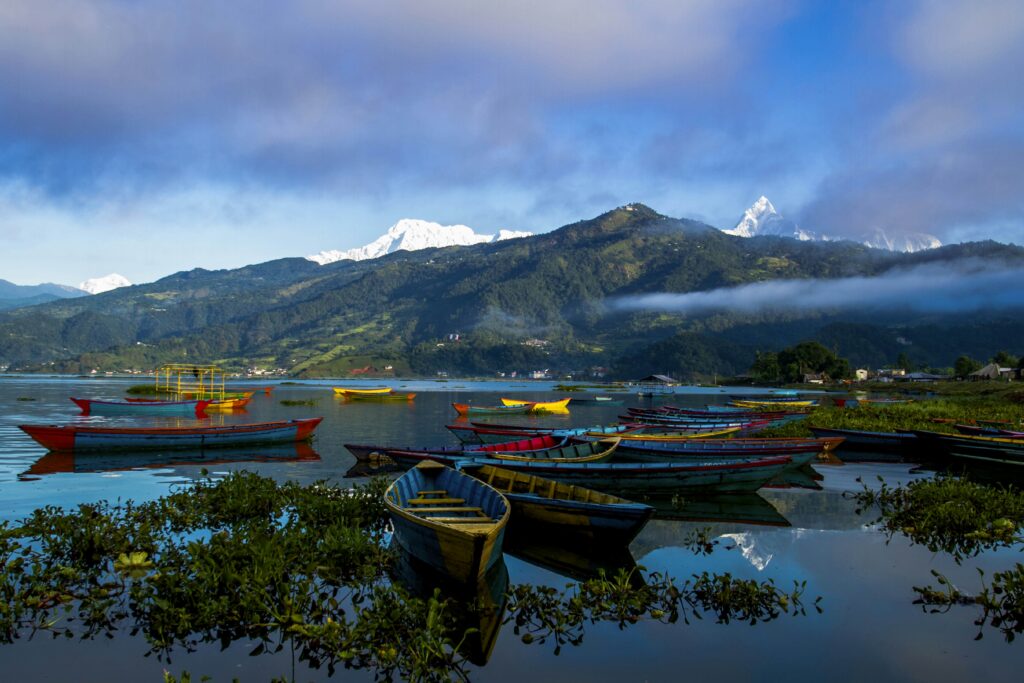
To attract more visitors, the association is organizing the 20th Fewa New Year Festival, with hopes of boosting hotel occupancy to over 90%. Hotels are also offering a 30% discount during the festival. Pokhara’s hotels can accommodate around 40,000 tourists daily, but the current average stands at 20,000. Indian tourists, who often visit Pokhara to escape the heat, make up a significant portion, with nearly 40% traveling to Muktinath.
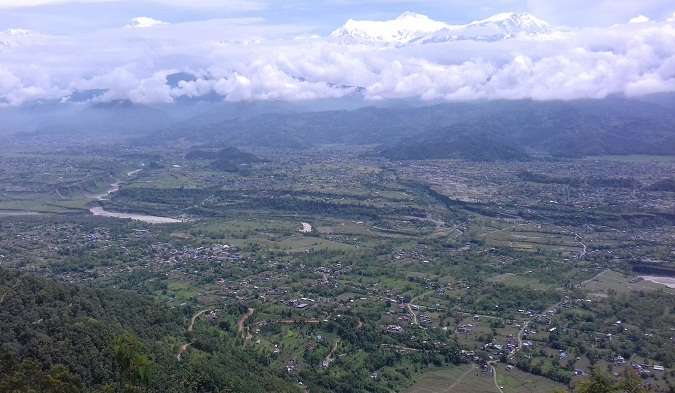
Trekking routes in the Annapurna region, including Annapurna Base Camp, Mardi Himal, Tilicho Lake, and Upper Mustang, are seeing increased activity, as the spring season is a prime time for trekking. Krishna Prasad Acharya, President of the Trekking Agencies Association of Nepal (TAAN) Gandaki, noted that both international and domestic trekkers are showing a growing interest in these trails.

Pokhara was declared Nepal’s tourism capital last year, boosting its appeal. However, experts stress the need for improved road connectivity and regular international flights to sustain tourist arrivals. Some traditional trekking routes are also being threatened by expanding road networks, requiring alternative solutions.
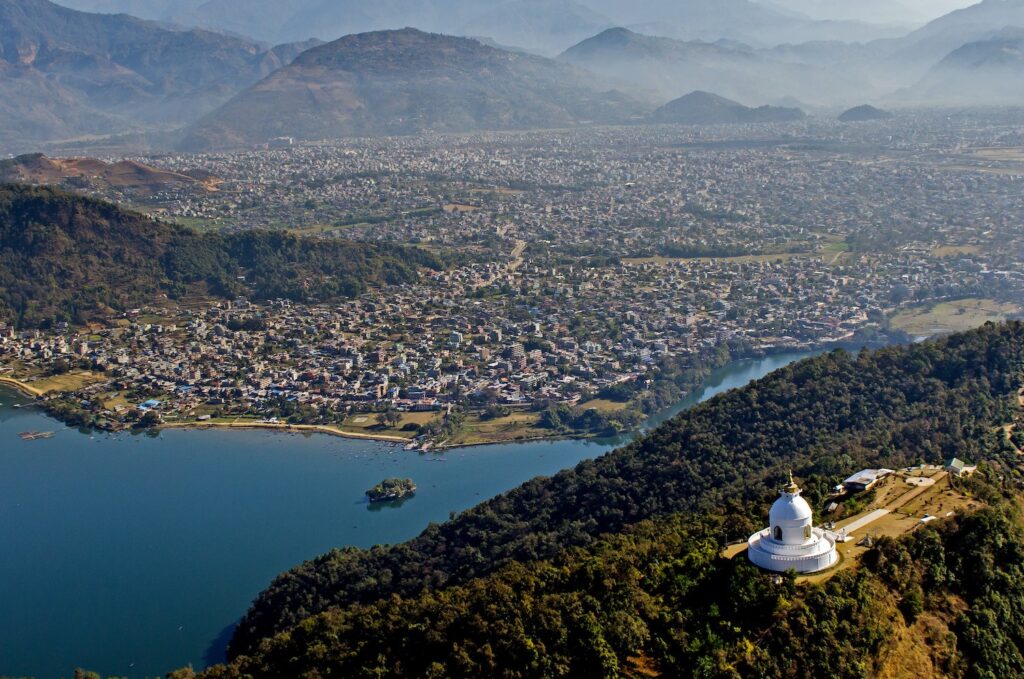
According to the Annapurna Conservation Area Project (ACAP), a record 244,045 foreign tourists visited the Annapurna region in 2024, surpassing previous years. This included 132,094 visitors from South Asia and 111,951 from other countries. The numbers had drastically dropped during the COVID-19 pandemic, with only 16,105 visitors in 2021. However, tourism in the region has been recovering steadily since 2023.
